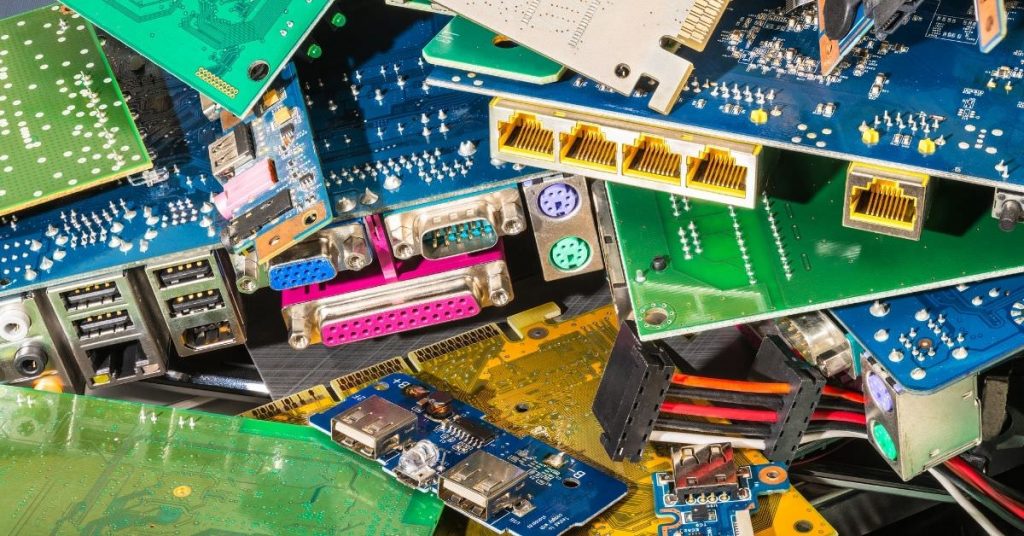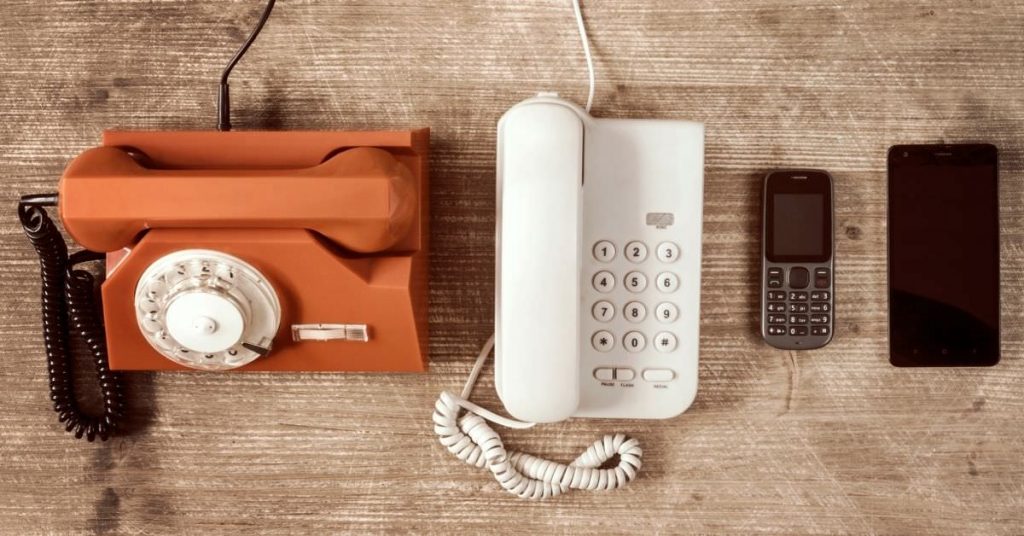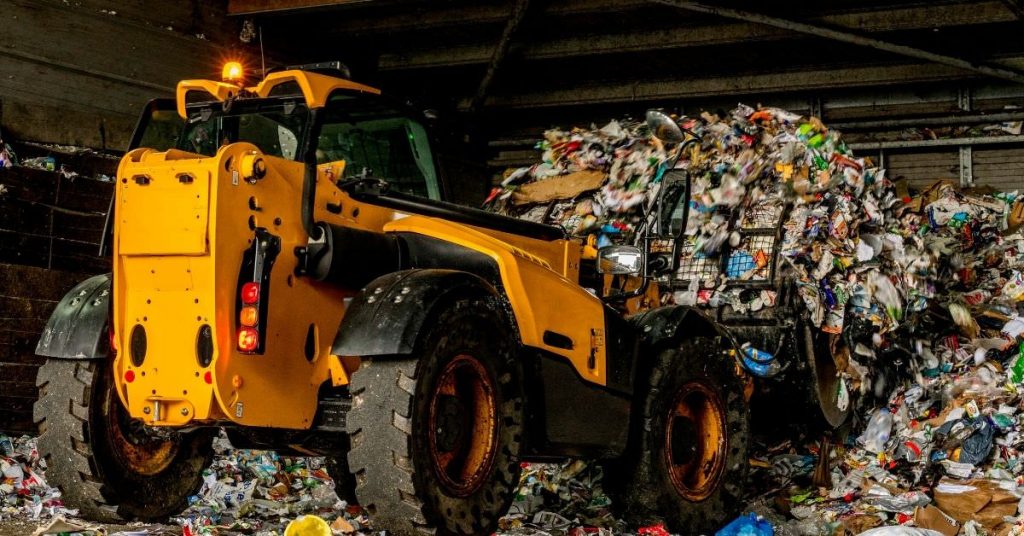
Problems with e waste
1. What constitutes something as e waste
E waste means electronic waste, when everything electronic reaches the end of its usable life cycle and gets disposed of causing the e waste problem. This waste includes:
- Batteries
- Desktop computers
- Garage remote controls
- TV cables
- WiFi routers and more
The problem with e waste is it’s complex in makeup and more complicated to recycle than a plastic bottle or paper bag. An obsolete computer has a screen, battery, circuit boards, and many other components that need safe disposal. When goods like computers get thrown away, the battery will leak hazardous chemicals into natural surroundings like soil, destroying the nutrients and making it uninhabitable.

Circuit boards will never decompose, first the screen will most likely break up into thousands of pieces and secondly glass will be scattered everywhere.
2. E waste is created from a cycle of consumerism
Technology is continually changing with innovations of the same product released into the market regularly. Meanwhile new products emerge, older versions become obsolete, it’s out with the old and in with the new, the issue is that the old is now the new e waste, and methods of disposing of it are not always known.
It’s as though products intentionally have short lifespans, so customers need to buy new ones more often. Corporates make it easier to purchase new goods than to get them fixed, yet seemingly don’t have many solutions for the management of e waste.

3. A global call to better manage the e-waste problem
There is an urgency for corporations, governments, and consumers worldwide to deal with environmental issues like plastic waste, carbon emissions and finally global warming. Furthermore every global citizen has a role to play in dealing with these environmental challenges and the e waste problem is top of the list and becoming more important as we embrace a digital economy.
Some solutions to the problems of e waste
1. Using e waste solutions companies
First, we should all know how to get rid of our e waste safely and responsibly and secondly we must use companies like South City eWaste Recyclers that have recycling stations across the country. Similarly, companies like Desco have bins at drop-off points for disposing of electronics. Also, you can call your local municipality to inquire how they advise you to discard electronic devices.

2. Do an electronics audit and give stuff away
Firstly, take stock of what you already have, there is no need to buy a power cable if you have one tucked away in a drawer behind some old papers. Simultaneously, do an audit and organise spare wires, plugs, connectors, and miscellaneous parts into categories.
Please only keep what you need and give the rest away or take them to a store like Cash Converters to sell. However, if Cash Converters don’t purchase them, donate them to the store. They will be back in circulation rather than a cable wrapped around some poor bird’s neck by donating them.
3. Move what you can to the cloud
An efficient way of reducing e waste is by moving what you can to an online platform. Rather than using storage devices like USBs or external hard drives, explore cloud services such as Google Drive or iCloud.
4. If a business, educate your employees
Adopt healthy e waste management as a value in your business. Then, host e waste disposal days and educate employees on managing and disposing of e waste.
Think about e-waste generationally
E waste is a massive environmental problem and must be managed well for a safe and sustainable future. The growth of the electronic industry will continue to grow, and new methods of e waste disposal must become more ubiquitous.


